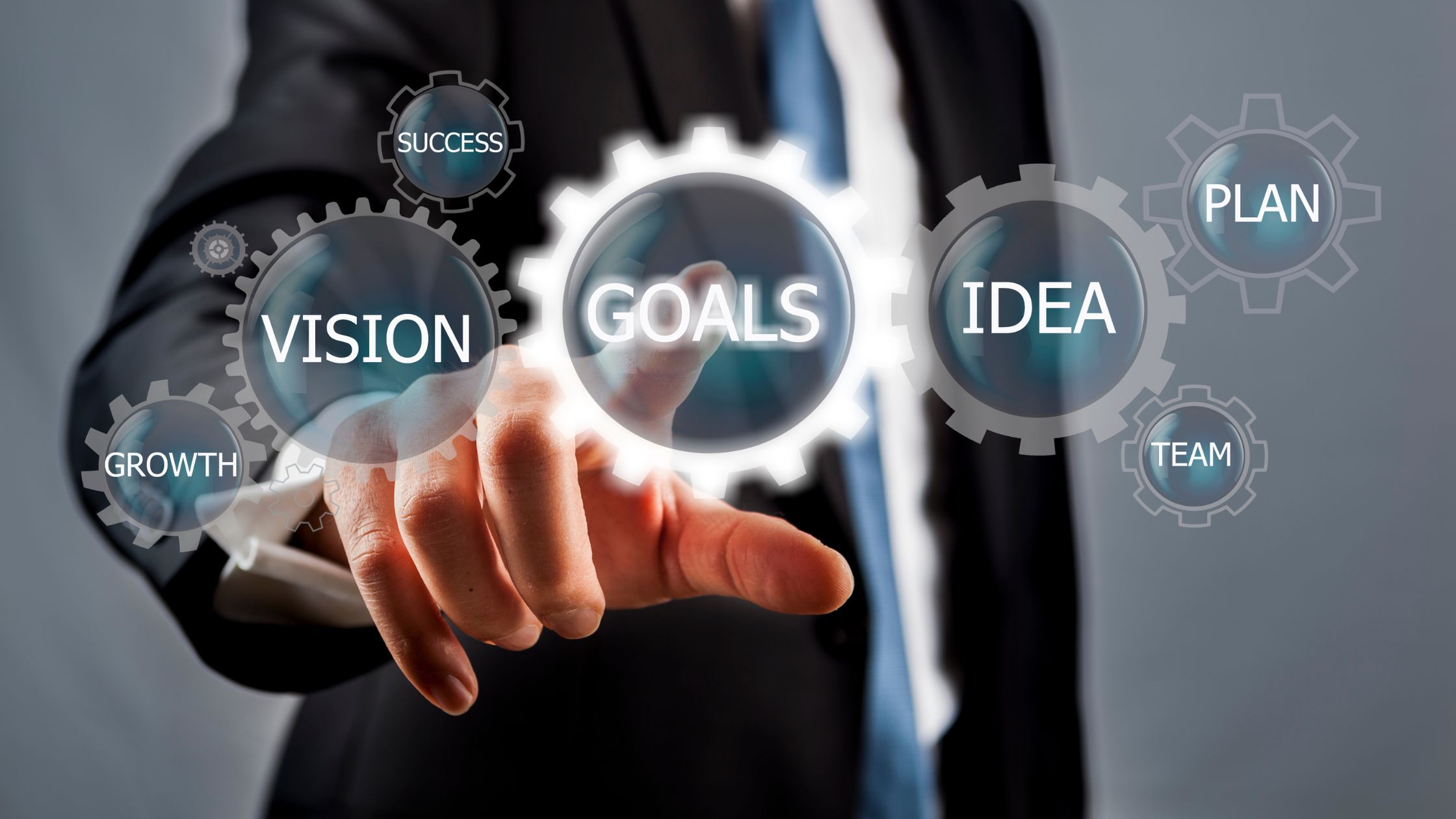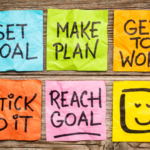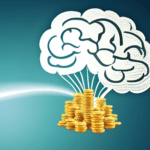
Why Employee Mental Health is Critical to Business Success in 2023
In our post-pandemic world, good businesses that prioritize mental health reap massive benefits including productivity, loyalty, culture, low health costs, and more.
As we enter a new era of business in 2023, it’s become abundantly clear that employee mental health is paramount to the success of any organization. The traditional view of work-life balance has shifted, and businesses are now being expected to take a more proactive approach to support their employees’ mental health. A healthy workforce not only leads to increased productivity and reduced absenteeism, but it also helps to create a positive company culture, which can attract and retain top talent.
Additionally, the COVID-19 pandemic has brought mental health to the forefront of the conversation, highlighting the importance of providing adequate support to employees. With the rapid rise in remote work, the lines between work and personal life have become blurred, making it even more challenging to maintain a healthy work-life balance.
Businesses that prioritize employee mental health and well-being are not only doing the right thing by their employees, but they are also setting themselves up for long-term success.

Let’s take a closer look at some of the negative impacts of poor mental health prioritization experienced by organizations of all sizes:
1. Mental health affects drastically alters productivity:
Mental health is a critical component of overall well-being and has a significant impact on an employee’s productivity. When employees are struggling with mental health issues, it can affect their ability to focus, make decisions, and meet deadlines. With the rapid spreading of remote job, the limits between professional as well as personal life have ended up being indistinct, worsening the challenge of keeping a healthy and balanced work-life equilibrium. Enterprises that focus on the mental wellness and also wellness of their personnel are not only meeting their moral responsibility in the direction of their labor force but are additionally placing themselves for success.
Organizations that prioritize employee mental health see benefits in terms of increased engagement, reduced turnover, and improved overall performance. Therefore, it is crucial for businesses to recognize the importance of employee mental health and take steps to create a workplace culture that supports it.
2. High costs and impact of absenteeism and presenteeism:
Absenteeism and presenteeism are two major workplace issues that can have a significant impact on productivity and profitability. Absenteeism refers to the habit of employees frequently being absent from work due to physical or mental health issues. On the other hand, presenteeism refers to employees attending work while facing an illness or injury, which can lead to decreased productivity and quality of work.
Both absenteeism and presenteeism can have a significant impact on a company’s bottom line. When employees are absent or not fully engaged due to mental health issues, it can result in decreased productivity, increased healthcare costs, and a negative impact on the overall morale of the workplace. As such, it is critical for businesses to prioritize employee mental health and provide support and resources to help employees manage their mental health effectively. By doing so, businesses can reduce the impact of absenteeism and presenteeism and create a healthier and more productive workplace.
3. Lower job satisfaction leads to turnover:
One of the key reasons why employee mental health is critical to businesses in 2023 is because lower job satisfaction can lead to turnover. When employees are not satisfied with their job, they may start looking for alternative work opportunities or may become disengaged, which can impact their job performance and productivity.
This can result in a decline in the overall productivity of the company and increased costs associated with hiring and training new employees to replace those who have left. Therefore, it is important for businesses to prioritize the mental health and well-being of their employees to increase job satisfaction and retain valuable talent. This can be achieved through various initiatives such as providing access to mental health resources, implementing effective stress-management programs, and promoting work-life balance.
4. Mental health stigma affects morale:
Mental health stigma affects morale and can have a significant impact on employee performance. When employees are afraid to speak up about their mental health concerns due to fear of discrimination or negative consequences, it can lead to decreased morale and productivity. A lack of support and resources for mental health can also contribute to a hostile work environment that further exacerbates mental health issues. It is crucial for businesses to address mental health stigma and provide a supportive workplace culture that prioritizes employee well-being.
By promoting mental health awareness and providing resources such as employee neuro-performance and EQ training, stress management, counseling services, physical health programs, and mental health days, businesses will improve employee morale and output while also reducing turnover rates and associated costs.
5. Ignoring mental health issues benefits no one:
In today’s fast-paced and competitive business world, companies that prioritize their bottom line over the well-being of their employees are taking the short-term view. The long-term consequences are clear. The negative impacts of ignoring employee mental health can be far-reaching and detrimental to both the employees and the organization as a whole. Corporations that don’t prioritize employee mental health can experience decreased productivity, increased absenteeism, and higher turnover rates. These negative effects can ultimately lead to a loss of revenue and a damaged reputation.
Ignoring employee mental health can also contribute to a toxic work environment, in which employees feel unsupported and undervalued. This can lead to feelings of burnout, stress, and even depression, which can have long-lasting consequences on an individual’s overall health and well-being. Furthermore, ignoring employee mental health can lead to legal and financial liability for corporations, as they have a responsibility to provide a safe and healthy work environment for their employees.
Key Takeaways:
1- Employee mental health is critical to business in 2023 and addressing it benefits all key stakeholders
When employees are struggling with mental health challenges, their performance and productivity at work can suffer. This can lead to decreased morale, lower job satisfaction, and increased absenteeism or presenteeism. On the other hand, when employers prioritize mental health support and resources, employees are more likely to feel valued and supported, which can lead to increased engagement, job satisfaction, and loyalty. Additionally, promoting mental health in the workplace can help reduce stigma and increase awareness, which can have a positive impact on the wider community. A workplace culture that prioritizes mental health not only benefits employees, but it can also lead to a more productive and successful business overall.
2- Solving these unmet needs is pressing as the work-life balance continues to shift with remote work
With the rapid proliferation of work-from-home even now, the boundaries between professional and personal life have become indistinct, exacerbating the challenge of maintaining a healthy work-life balance. Enterprises that prioritize the mental health and well-being of their staff are not only fulfilling their moral obligation towards their workforce but are also positioning themselves for success. A hale and hearty staff not only results in amplified productivity and decreased absenteeism but also engenders a positive organizational culture that can lure and retain top talent. Furthermore, the COVID-19 pandemic has propelled mental health to the vanguard of discussions, underscoring the significance of providing adequate support to employees.
Next Steps to Consider:
Experience the extraordinary with our groundbreaking neuroperformance programs. Over the course of just 12 weeks, witness a remarkable transformation that permeates every facet of your life: career, daily performance, health, wellness, cognitive function, habits, relationships, energy, and personal and spiritual growth. What sets us apart is our unwavering focus on the brain as the ultimate catalyst for change.
Unleash your full potential as we guide you through a journey of learning, self-discovery, and profound metamorphosis into your highest self. To witness the magic firsthand, explore our home-page brimming with captivating videos that promise to inspire and revolutionize your life. Take the first step today and embark on the path to unlocking your true potential. Explore our programs now.
Join our Alive Mindful Optimist Newsletter
Receive our Modern Day Stress Warrior Series & Mindfulness handouts as our gift to you.
























